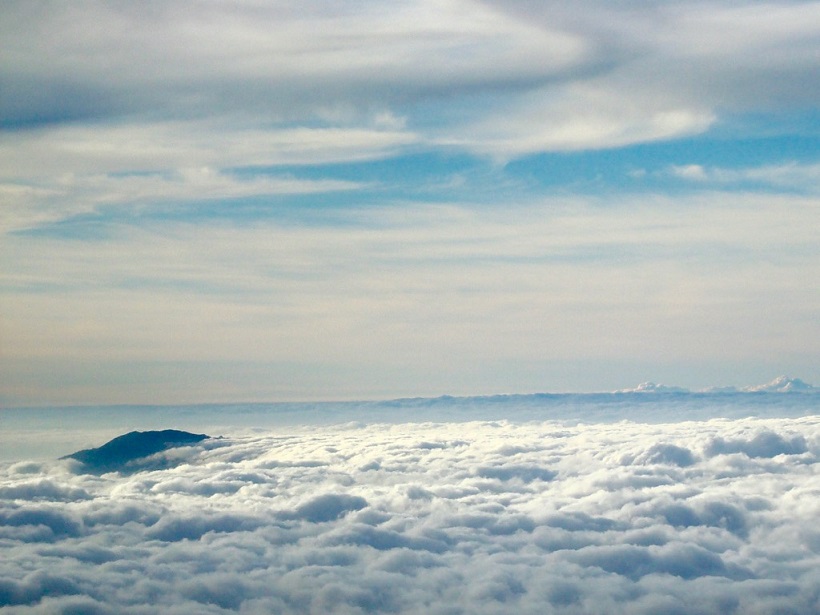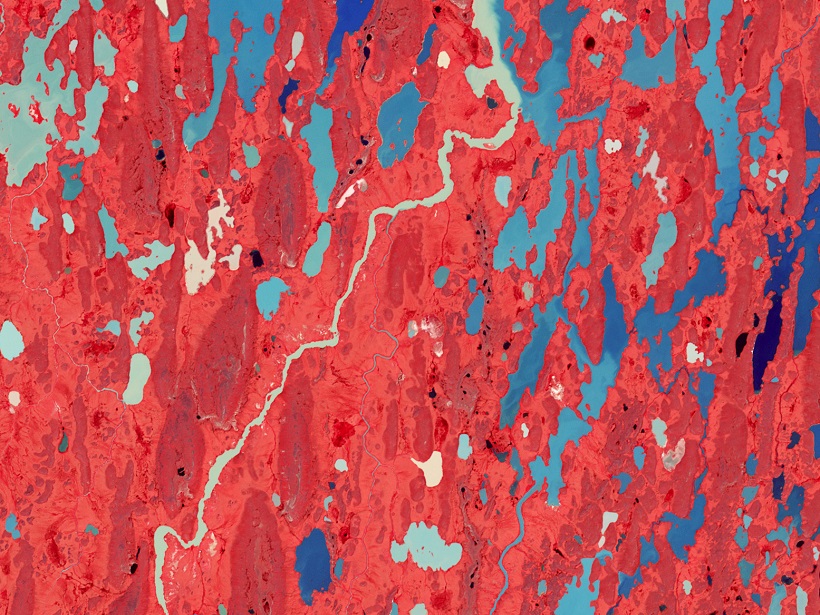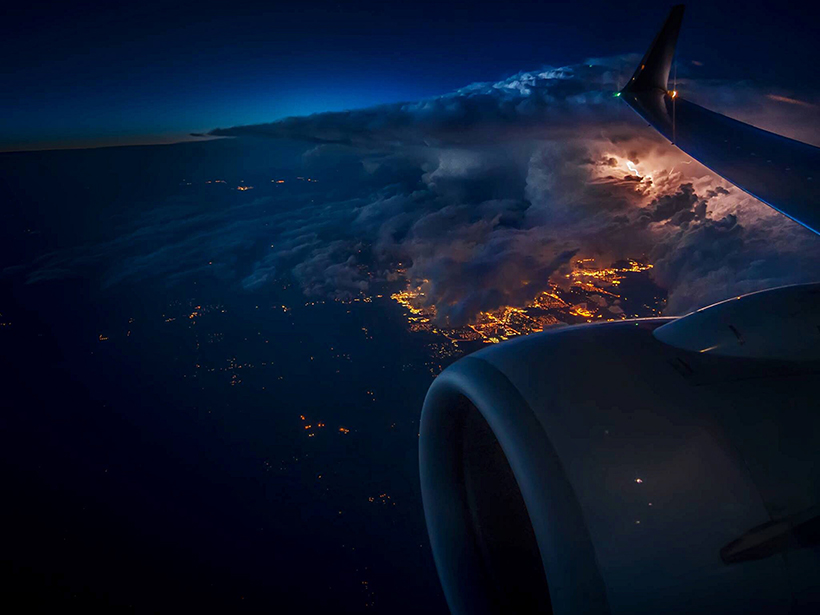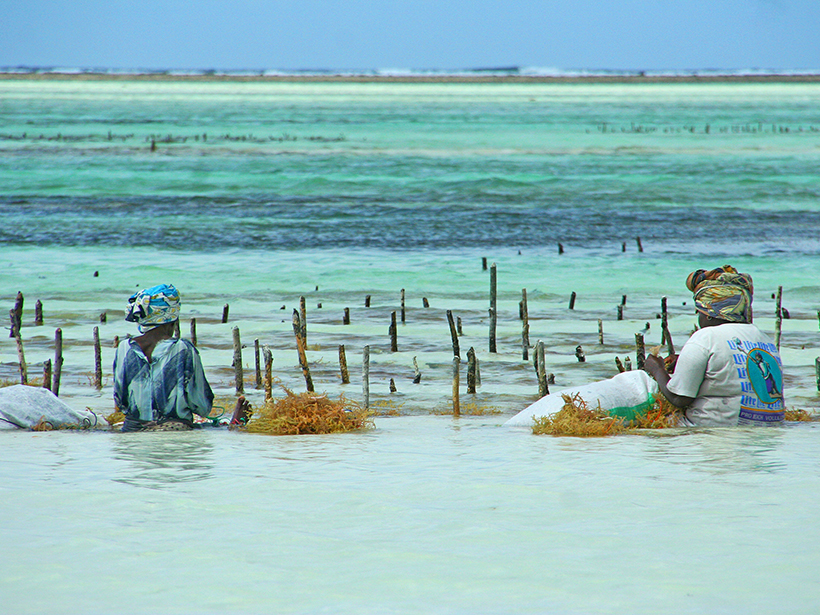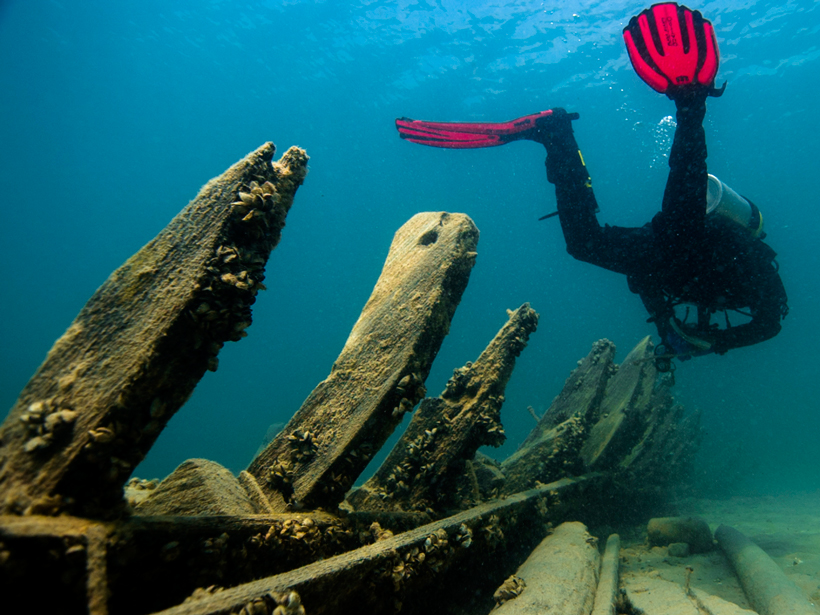A recent paper in Reviews of Geophysics describes how water vapor isotopic measurements and modeling can improve our understanding of the Earth’s water cycle.
CC BY-NC-ND 2017
Can Water Vapor Help Forecast When a Volcano Will Blow?
A widely used technique to monitor sulfur dioxide was tweaked to focus on water vapor at Peru’s Sabancaya Volcano. Results show that the volcano steamed up prior to its 2016 eruption.
Probing the Power of Pacific Supertyphoons
Despite higher than normal surface temperatures and heat contents of ocean waters where the storms developed, evidence is lacking that global warming is revving them up.
Harassment in Astronomy and Planetary Science
New data reveal the prevalence of gender- and race-related harassment in astronomy and planetary sciences.
Where Are the Electrical Currents in the Enceladus Plume?
A plume of water ice that escapes Saturn’s moon Enceladus should be coursing with electrical currents, but data are mixed. Now simulations suggest that a sticky dust cloud may shield signals.
Protecting Water Resources Through a Focus on Headwater Streams
Where Land Becomes Stream: Connecting Spatial and Temporal Scales to Better Understand and Manage Catchment Ecosystems; Rennes, France, 7–8 March 2017
Thawing Permafrost: Monitored, Quantified, Predicted
With thawing permafrost projected to release significant amounts of carbon in response to climate change, one of the editors of JGR: Biogeosciences reflects on the slew of recent papers in this field.
How Storm Turbulence Can Spark Lightning
The turbulent pockets of air inside storms can help to build up static electricity in the atmosphere, according to a new study.
Challenges and Opportunities for Coastal Altimetry
10th Coastal Altimetry Workshop; Florence, Italy, 21–24 February 2017
Trump Administration Scrutinizing Protected Ocean Areas
A recently initiated review of some marine sanctuaries and monuments has conservationists worried that ecological, cultural, and other benefits from those protected areas may not be considered.

